
Microraptor: A Systematic View of Its Three Species: Cranial Elements
Dr. Gabriela Haynes • Sept. 10, 2025
The result of this analysis can contribute to the ongoing debate about whether those anatomical structures support a dinosaurian or a bird classification.

Center of Gravity Distinction Between Birds and Theropod Dinosaurs
Kevin Hadsall • July 2, 2025
Since the claimed transition of dinosaurs to birds necessitates that a land-based creature developed the ability to fly, aeronautical considerations such as center of gravity should be considered.
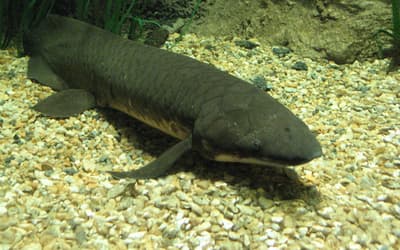
Lungfishes—Transitional Species, Fish, Amphibian, or Something Else?
Matthew Cserhati • May 7, 2025
Many modern fish are obligate air breathers, yet they are not on the alleged trajectory between sea and land organisms.

Biochemistry of Dinofuzz: Feathers, Filaments, Fuzz, or Folly?
Harry F. Sanders, III • March 5, 2025
The evidence of feathers is limited to filaments or fibers in many fossils. It is these filaments that will be the focus of this paper.

Darwin’s Sexual Selection Theory of Humans Falsified
Dr. Jerry Bergman • July 3, 2024
Field research evaluating Darwin’s sexual selection of beauty beliefs has concluded “that Darwin was wrong.”
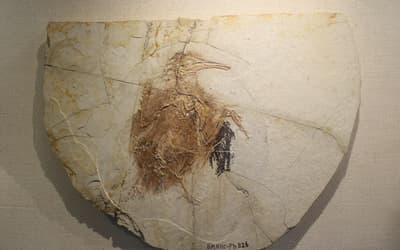
Are Birds Dinosaurs? A Critical Analysis of Fossil Findings
Reinhard Junker • April 24, 2024
The putative descent of birds from dinosaurs has become established as one of the most popular evolutionary transitions.
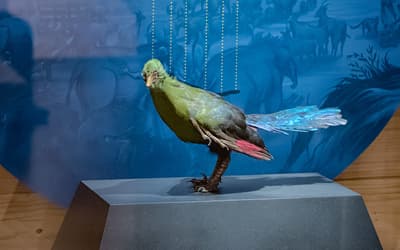
Response to “The Debate over Classification of Archaeopteryx as a Bird”
Matthew McLain , et. al. • Dec. 6, 2023
Matthew McLain, Dr. Marcus Ross, Matt Petrone, Noël Lay, and Matthew Speights take issue with Dr. Gabriela Haynes’ 2022 discussion of the difference between birds and dinosaurs.

Reply to the “Response to ‘The Debate over Classification of Archaeopteryx as a Bird’”
Dr. Gabriela Haynes • Dec. 6, 2023
This paper aims to address some issues raised by McLain et al. (2023) in an article titled “Response to ‘The Debate over Classification of Archaeopteryx as a Bird.’”
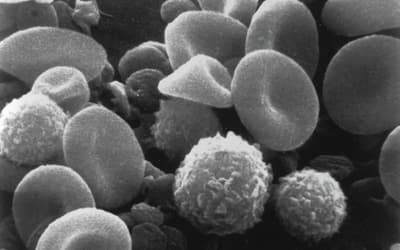
The Evolution of Warm-Bloodedness Stymies Evolutionists
Dr. Jerry Bergman • April 5, 2023
The anatomy and physiology of temperature regulation was reviewed, and this review supports the view that the temperature-regulating systems in animal life are inherently and irreducibly complex.

The Debate over Classification of Archaeopteryx as a Bird
Dr. Gabriela Haynes • Sept. 14, 2022
Based on several findings, no reason remains for Archaeopteryx to be classified as anything other than a bird.
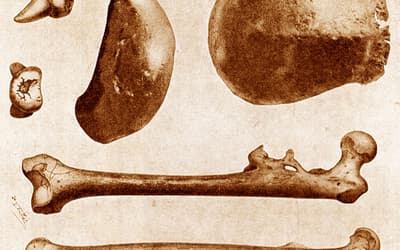
Java Man: A Creature Between Apes and Humans, an Extinct Ape, or a Primitive Man?
Dr. Jerry Bergman • May 18, 2022
Details of the Java man fossils were discussed as well as the problem of creating a species from a few bone fragments.

Facts Cannot Be Ignored When Considering the Origin of Life #1: The Necessity of Bio-monomers Not to Self-Link for the Existence of Living Organisms
Change Laura Tan • March 9, 2022
The required automatic self-linking of monomers for abiogenesis is incompatible with the genetic information coding and decoding system that is necessary for life.

The Problem of Over-Design for Darwinism
Dr. Jerry Bergman • Feb. 23, 2022
The case for over-design is reviewed focusing on documented cases of normal persons that have exceptional abilities.

The Evolution of Asexual to Sexual Reproduction: The Queen of Evolutionary Problems
Dr. Jerry Bergman • Dec. 15, 2021
The evidence is overwhelming and widely recognized by evolutionists that evolution by small steps cannot bridge the transition from asexual to sexual reproduction.
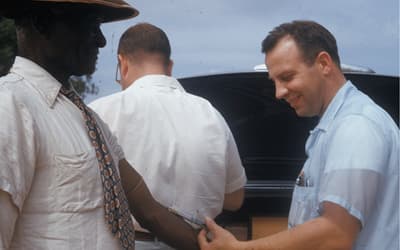
Darwinism and the Tuskegee Syphilis Study
Dr. Jerry Bergman • Nov. 17, 2021
The history of the Tuskegee Syphilis Study is a salient example of the negative fruits of Darwinian racism.

Revising Hominin Baraminology with Medoid Partitioning and Fuzzy Analysis
P. Sinclair , et. al. • Nov. 3, 2021
Creationist disagreement over the status of hominin fossils is unlikely to be resolved here, but Reeves’s recommendations bring alternative tools to baraminology that have not been applied.
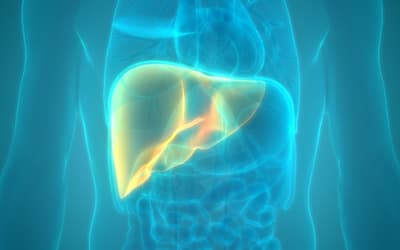
Liver Evolution Claims Fail
Dr. Jerry Bergman • Oct. 20, 2021
An enormous unbridgeable gap exists between invertebrates, who do not have livers, and vertebrates, who cannot live without them.

One of the Most Widely Used Quotes by D. M. S. Watson Vindicated
Dr. Jerry Bergman • Oct. 13, 2021
Critics have attempted to negate the effect of a common quote that evolution is accepted mainly because the only alternative, special creation, is unacceptable.
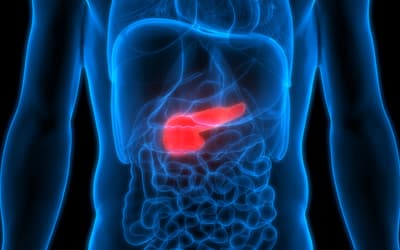
Evolution of the Pancreas
Dr. Jerry Bergman • Oct. 6, 2021
All vertebrate pancreases have an endocrine function producing insulin, glucagon, and somatostatin hormones, as well as exocrine functions producing digestive enzymes.

The Spleen, Once Regarded as Vestigial, Now Recognized as a Critically Important Organ
Dr. Jerry Bergman • June 30, 2021
The spleen is now acknowledged to be a critical organ serving at least six different important functions.

The History of Using Radiation to Speed Up Evolution
Dr. Jerry Bergman • March 24, 2021
The history of the mutation theory as the foundation of the source of new genetic information is reviewed.
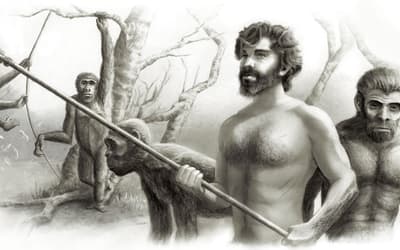
Evolution of the Vertebrate Kidney Baffles Evolutionists
Dr. Jerry Bergman • Feb. 24, 2021
An unbridgeable gap exists between the simple urinary system used in invertebrates and the far more complex kidney system used in all vertebrates.

Theistic Evolution: A Response to Wayne Grudem, Making the Same Errors He Opposes in Others
Dr. Terry Mortenson • Feb. 17, 2021
Grudem is making the same biblical and theological errors that theistic evolutionists make. To be biblically consistent, he must abandon his old-earth position.

Implications of Creation Biology for a Neogene-Quaternary Flood/Post-Flood Boundary
Chad Arment • Nov. 4, 2020
While several current Flood models posit an Upper Cenozoic Flood Boundary, none of them address the problem of biblical kinds and their relationship Genesis.
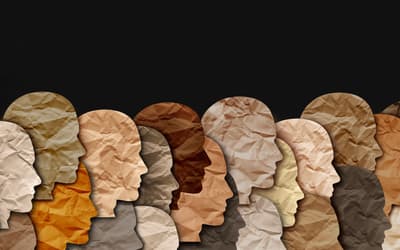
Louis Agassiz and Alexander Winchell: Two Case Histories of Creationists Who Illustrate That Rejecting Genesis Influences the Acceptance of Racism
Dr. Jerry Bergman • Sept. 23, 2020
Theories that attempted to harmonize evolution and the Scriptures gave birth to, and perpetuated, a form of scientific racism based on Darwinism.

Inerrancy and Biblical Authority: How and Why Old-Earth Inerrantists Are Unintentionally Undermining Inerrancy
Dr. Terry Mortenson • Sept. 16, 2020
The old-earth signers of the CSBInerrancy unintentionally violated their own principles of interpretation and unintentionally undermined the inerrancy and the authority of Scripture.

Testing the Predictions of the Young-Earth Y Chromosome Molecular Clock: Population Growth Curves Confirm the Recent Origin of Human Y Chromosome Differences
Dr. Nathaniel T. Jeanson • Dec. 4, 2019
The timescale for the human Y chromosome family tree has been a source of sharp disagreement within the creation/evolution debate.

Evidence for a Human Y Chromosome Molecular Clock: Pedigree-Based Mutation Rates Suggest a 4,500-Year History for Human Paternal Inheritance
Dr. Nathaniel T. Jeanson , et. al. • Dec. 4, 2019
Pedigree-based mutation rates act as an independent test of the young-earth creation and evolutionary timescales.
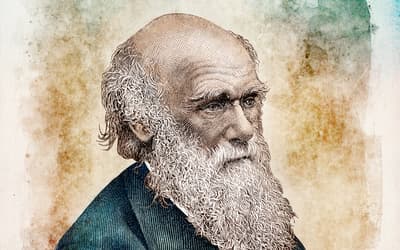
Response to “No Replacement of Darwin: A Review of Replacing Darwin—The New Origin of Species”
Dr. Nathaniel T. Jeanson • April 25, 2018
Ironically, Frello has actually done me a great favor; his review ends up bolstering my original claims.

No Replacement of Darwin
Stefan Frello • April 25, 2018
Jeanson takes on a formidable task: To show that the theory of evolution is wrong, and to replace it with biblical creation. To make it short: Jeanson fails.
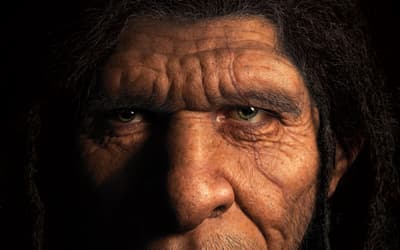
Homo naledi Probably Not Part of the Human Holobaramin Based on Baraminic Re-Analysis Including Postcranial Evidence
Jean O’Micks • Oct. 26, 2016
With the inclusion of 37 postcranial morphological characters, this work attempts to reassess the baraminic classification of H. naledi.
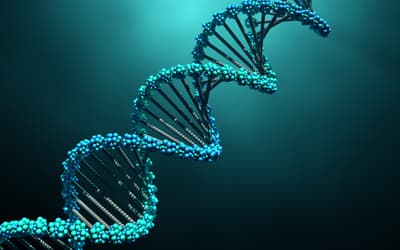
Beyond the DNA-Protein Paradox: A “Clutch” of Other Chicken-Egg Paradoxes in Cell and Molecular Biology
Derrick M. Glasco • Aug. 31, 2016
The DNA-protein paradox has long been a point of contention in the origin of life debate.

Big Gaps and Short Bridges: A Model for Solving the Discontinuity Problem
Change Laura Tan • July 6, 2016
This paper argues that the issue with the origin of life and the origin of biodiversity is not an issue of time, though deep time is problematical.
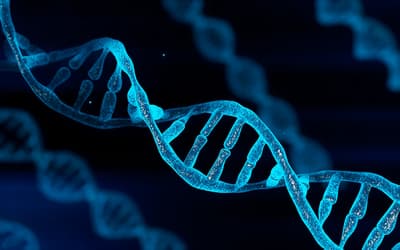
On the Origin of Human Mitochondrial DNA Differences, New Generation Time Data Both Suggest a Unified Young-Earth Creation Model and Challenge the Evolutionary Out-of-Africa Model
Dr. Nathaniel T. Jeanson • April 27, 2016
These results underscore the biblical model of human origins and simultaneously undercut the validity of the evolutionary out-of-Africa model.
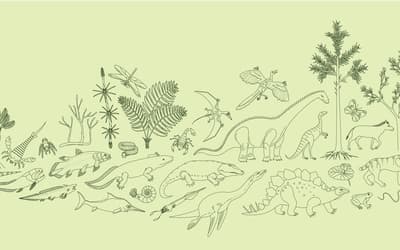
On the Origin of Eukaryotic Species’ Genotypic and Phenotypic Diversity
Dr. Nathaniel T. Jeanson , et. al. • April 20, 2016
This study shows that created heterozygosity, together with natural processes that are observable, is sufficient to account for species’ diversity.

Using Taxonomically Restricted Essential Genes to Determine Whether Two Organisms Can Belong to the Same Family Tree
Change Laura Tan • Nov. 4, 2015
How are all life forms connected? Are they linked by one giant family tree, a web, or a forest of family trees?

Challenging the BioLogos Claim that a Vitellogenin (Egg-Laying) Pseudogene Exists in the Human Genome
Jeffrey P. Tomkins • Oct. 21, 2015
Interestingly, BioLogos is probably the only evolutionary group that puts such a high level of focus on this hypothesis as key evidence for evolution.
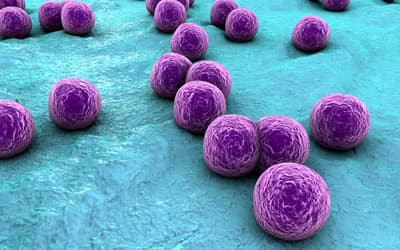
The Genesis and Emergence of Community-Associated Methicillin-Resistant Staphylococcus aureus (CA-MRSA): An Example of Evolution in Action?
Dr. Alan L. Gillen , et. al. • Oct. 14, 2015
We have seen a changing profile from HA-MRSA to CA-MRSA. This is potentially dangerous because the new strains are more virulent and aggressive.

Documented Anomaly in Recent Versions of the BLASTN Algorithm and a Complete Reanalysis of Chimpanzee and Human Genome-Wide DNA Similarity Using Nucmer and LASTZ
Jeffrey P. Tomkins • Oct. 7, 2015
Past evolutionary research in comparative DNA analysis between chimps and humans has employed a great deal of preferential and selective data analysis.
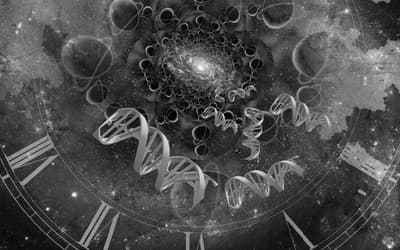
A Young-Earth Creation Human Mitochondrial DNA “Clock”: Whole Mitochondrial Genome Mutation Rate Confirms D-Loop Results
Dr. Nathaniel T. Jeanson • Sept. 23, 2015
New data agree with the expectations from D-loop results, further confirming the origin of humans within 6000 years and rejecting evolutionary timescales.

Mitochondrial DNA Clocks Imply Linear Speciation Rates Within “Kinds”
Dr. Nathaniel T. Jeanson • June 3, 2015
The mechanism of speciation remains one of the most contested scientific questions among both evolutionists and creationists.

Cyclic Selection in HIV–1 Tropism: Microevolution That Is Going Nowhere
Yingguang Liu • April 29, 2015
The molecular interaction of HIV-1 is merely cyclic fine-tuning of an existing function and illustrates the broken relationship between the virus and the host.
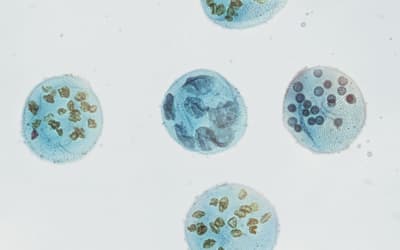
Information Processing Differences Between Bacteria and Eukarya—Implications for the Myth of Eukaryogenesis
Change Laura Tan , et. al. • March 25, 2015
Based on differences in gene sets and molecular machines between bacteria and eukarya, we continue to demonstrate that unbridgeable evolutionary chasms exist.

Information Processing Differences Between Archaea and Eukarya—Implications for Homologs and the Myth of Eukaryogenesis
Change Laura Tan , et. al. • March 18, 2015
In the grand evolutionary paradigm, the origin of the eukaryotic cell represents one of the great mysteries and key hypothetical transitions of life.

Natural Selection: Assessing the Role It Plays in our World
Dr. Jean Lightner • March 4, 2015
Natural selection is controversial among many scientists, both in evolutionary and creationary circles.
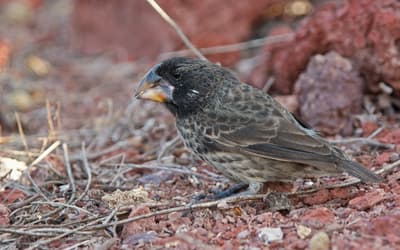
Reply to “A Response to ‘Does Natural Selection Exist?’”
Dr. Nathaniel T. Jeanson • Nov. 5, 2014
In this three-part ~35,000-word response, Guliuzza (2014a, b, c) fails to clearly define his terms and/or use them consistently.

A Response to “Does Natural Selection Exist?”: Creatures’ Adaptation Explained by the Design-based, Organism-driven Approach: Part 3
Randy J. Guliuzza • Nov. 5, 2014
This third installment is a continuation of my response to a recent critical paper (Jeanson 2013).

A Response to “Does Natural Selection Exist?”: Creatures’ Adaptation Explained by the Design-based, Organism-driven Approach: Part 2
Randy J. Guliuzza • Oct. 29, 2014
This second installment is a continuation of my response to a recent critical paper (Jeanson 2013) on a series of Acts & Facts articles.
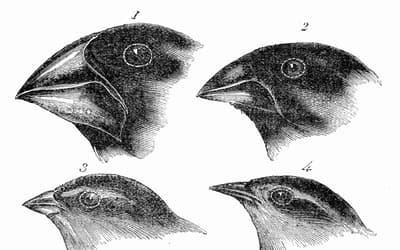
A Response to “Does Natural Selection Exist?”: Creatures’ Adaptation Explained by the Design-based, Organism-Driven Approach: Part 1
Randy J. Guliuzza • Oct. 29, 2014
This paper responds to a 2013 Jeanson paper critical of a series of Acts & Facts articles published by the Institute for Creation Research (ICR).
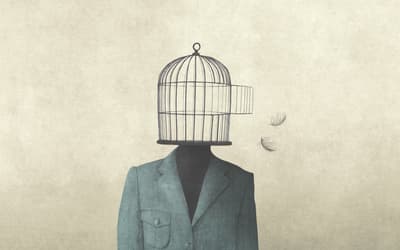
Scientific Evidence Indicates Natural Selection and Brain-Based Education Conflict with Human Nature
Callie Joubert • Oct. 15, 2014
Children have an innate, natural, intuitive, and unlearned tendency to reason about the world as biblical creationists do.
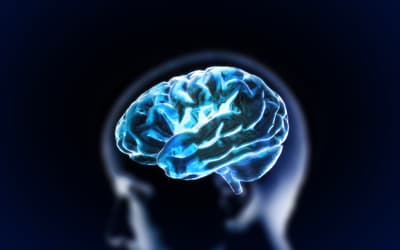
Christians, the Brain, and Person: Conceptual Confusion, Unintelligibility, and Implications
Callie Joubert • June 11, 2014
That psychological properties can be attributed to a brain is a popular notion, even among Christians. This paper argues that such claims are incorrect.
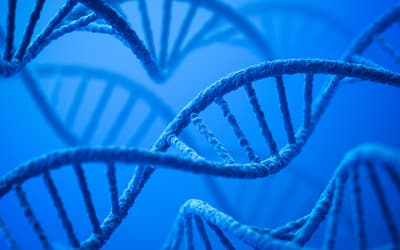
The Human GULO Pseudogene—Evidence for Evolutionary Discontinuity and Genetic Entropy
Jeffrey P. Tomkins • April 2, 2014
Modern genomics provides the ability to screen the DNA of a wide variety of organisms to scrutinize broken metabolic pathways. This data has revealed wide-spread genetic entropy in human genomes.
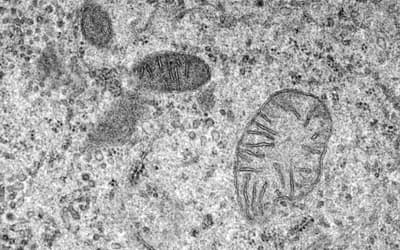
Recent, Functionally Diverse Origin for Mitochondrial Genes from ~2700 Metazoan Species
Dr. Nathaniel T. Jeanson • Dec. 11, 2013
The young-earth creation model currently lacks a robust explanation for molecular diversity.
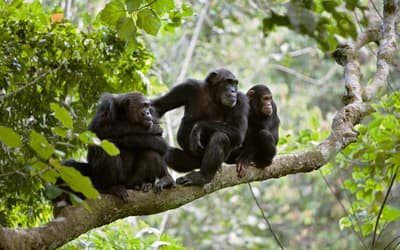
Comprehensive Analysis of Chimpanzee and Human Chromosomes Reveals Average DNA Similarity of 70%
Jeffrey P. Tomkins • Feb. 20, 2013
A common evolutionary claim is that the DNA of chimpanzees and humans are nearly identical. Modern DNA research is showing much higher levels of discontinuity.

Evolutionary Psychology: Why It Fails as a Science and Is Dangerous
Callie Joubert • Dec. 19, 2012
Christians and the public at large cannot afford to accept what they are being told about themselves from the perspective of evolutionary psychology.
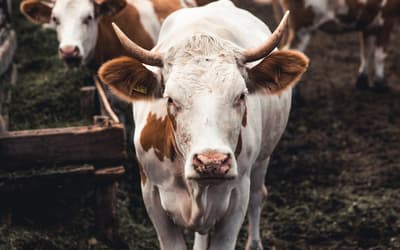
Mammalian Ark Kinds
Dr. Jean Lightner • Oct. 31, 2012
Information on the class Mammalia was evaluated in an attempt to get a realistic estimate of what mammalian kinds would have been represented on the Ark.

Review of John Lennox’s Book Seven Days That Divide the World: The Beginning According to Genesis and Science
Simon Turpin • June 27, 2012
Lennox reasons that the church has been wrong in the past over its interpretation of Scripture in light of scientific discovery, and that those holding to a young earth are wrong again.
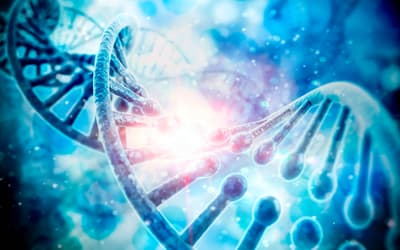
An Evaluation of the Myth That “Nothing in Biology Makes Sense Except in the Light of Evolution”
Dr. Jerry Bergman • Feb. 8, 2012
I reviewed both the textbooks used for life science classes at the college where I teach and those that I used in my past university course work.
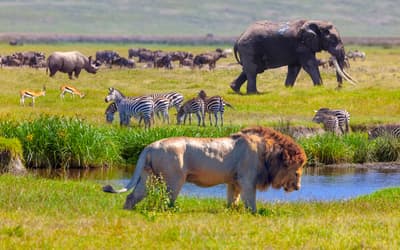
Created Kinds and Essential Natures: A Biblical and Philosophical Response to Evolutionists
Callie Joubert • July 27, 2011
Assuming that “natural kind” is a merely biological rather than metaphysical would be a mistake, resulting in Christians having difficulty evaluating and correcting rival views to created kinds.
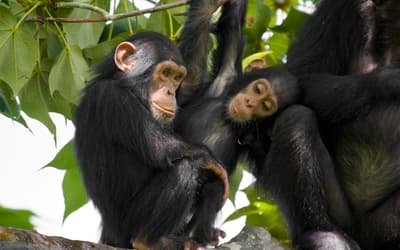
How Genomes are Sequenced and Why it Matters: Implications for Studies in Comparative Genomics of Humans and Chimpanzees
Jeffrey P. Tomkins • June 22, 2011
When evaluating comparisons between genomes using DNA sequence, it is important to understand the nature of how that sequence was obtained and bioinformatically manipulated before drawing conclusions.
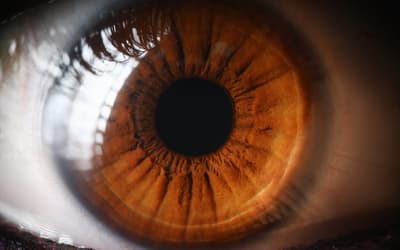
The Human Retina Shows Evidence of Good Design
Dr. Jerry Bergman • June 8, 2011
Darwinists try to disprove the argument from design by providing examples of what they claim are poor design.
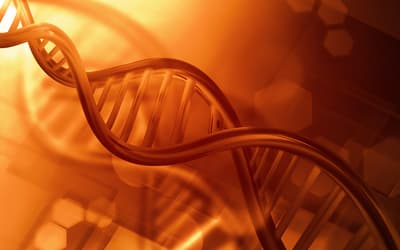
Toward an Accurate Model of Variation in DNA
Mitchel Soltys • March 2, 2011
The Bible’s description of created kinds implies an information model which uses variables. The findings in this paper show that a model which uses variables forms a basis for understanding biology.
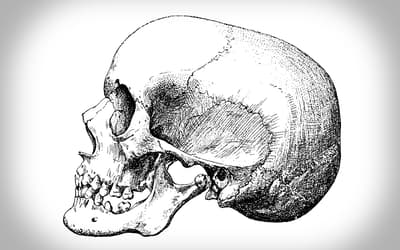
Baraminological Analysis Places Homo habilis, Homo rudolfensis, and Australopithecus sediba in the Human Holobaramin: Discussion
Dr. David A. DeWitt , et. al. • Aug. 25, 2010
A discussion on a previous ARJ paper in regard to Australopithecus sediba and its classification.

Why Orthodox Darwinism Demands Atheism
Dr. Jerry Bergman • July 28, 2010
A conflict exists between modern neo-Darwinism and orthodox biblical Christianity.
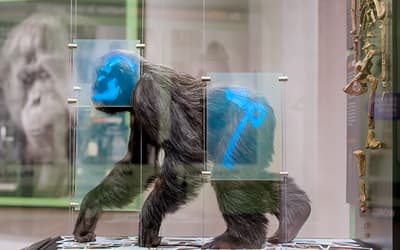
Baraminological Analysis Places Homo habilis, Homo rudolfensis, and Australopithecus sediba in the Human Holobaramin
Todd Charles Wood • May 5, 2010
This present study should end charges against creationists that classification of australopiths as human or ape is arbitrary and meaningless.

Fraud and Forgery in Paleoanthropology
Dr. Jerry Bergman • Dec. 23, 2009
A review of the history of paleoanthropology leads to the conclusion that the discipline is far less objective than that for physics, chemistry, or even biology.

Towards a Creationary Classification of Mutations
Jonathan Bartlett • Dec. 2, 2009
Mutations are normally classified according to their proximal effect on an organism’s fitness, whether beneficial, deleterious, or neutral.
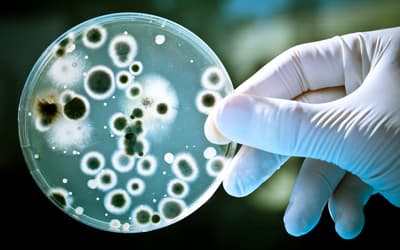
The Role of Genomic Islands, Mutation, and Displacement in the Origin of Bacterial Pathogenicity
Dr. Georgia Purdom • Oct. 28, 2009
Bacteria are mostly beneficial, even though a minority are known as pathogens. They are necessary for natural processes such as human digestion and biogeochemical cycling.

Fungi from the Biblical Perspective
Ira Loucks • Oct. 21, 2009
Fungi are intriguing organisms with a wealth of diversity in their morphology and ecology. Determining the fundamentals of their biology from a biblical perspective is a daunting but achievable task.
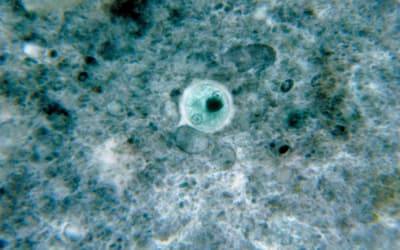
A Possible Function of Entamoeba histolytica in the Creation Model
Frank Sherwin • Oct. 14, 2009
There is a need for parasites such as Entamoeba histolytica to be addressed from a biblical perspective that may include their original symbiotic or mutualistic association in man.

Bacterial Attenuation and its Link to Innate Oncolytic Potential
Luke Kim • Oct. 15, 2008
Although bacteria have been mainly recognized as disease causing agents, there are abundant scientific evidences that bacterial pathogenicity is not the major biological function of bacteria.

Proceedings of the Microbe Forum, June 2007
Dr. Joe Francis , et. al. • Jan. 9, 2008
For many years the roles of microbes as part of God’s wonderful design have been neglected. Perhaps it is because many people associate microbes as the cause of death, disease, and suffering.
